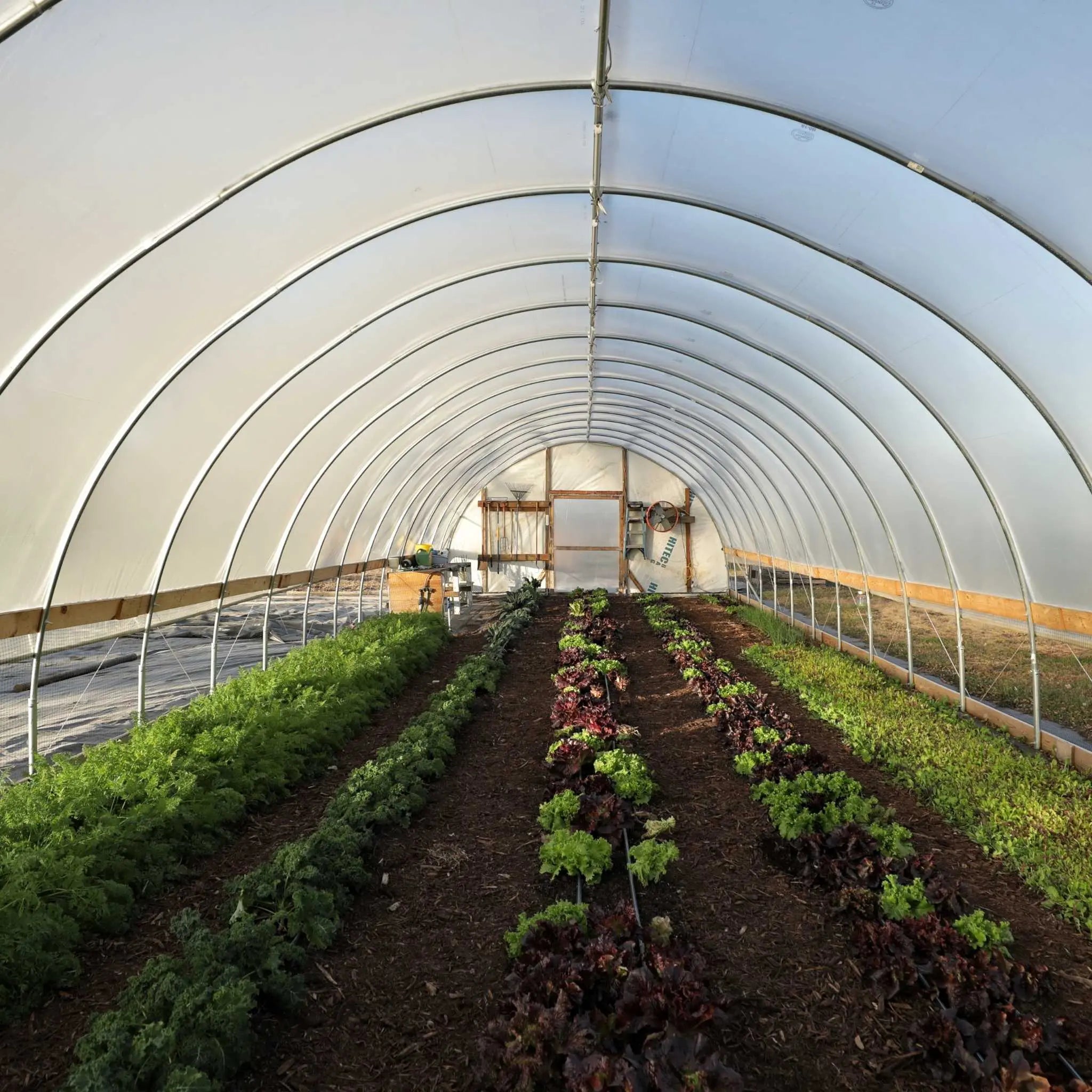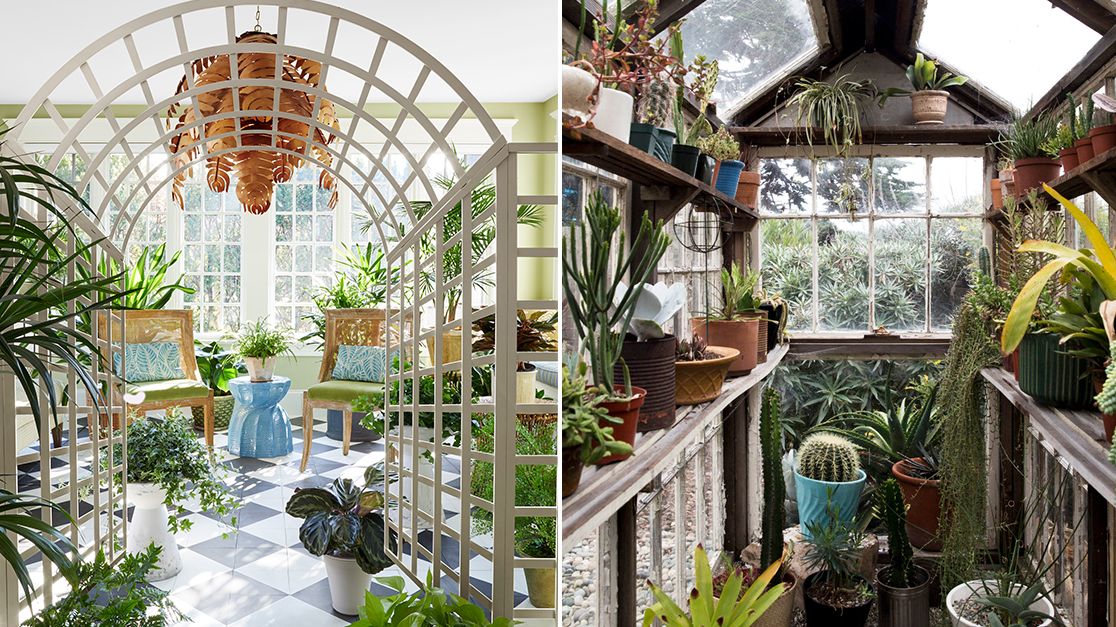Residential Oasis: Monarch Residential Greenhouse Utah Sanctuary for Plants
Wiki Article
The Future of Greenhouses: Advancements in Sustainable Farming
Are you interested regarding the future of greenhouses and how they are reinventing lasting farming? Look no more! In this write-up, we will certainly check out the exciting innovations that are leading the way for a greener and a lot more reliable farming industry. From advanced climate control systems to vertical farming strategies, water-efficient watering approaches, renewable resource assimilation, and clever data analytics, these improvements are transforming the way we grow our food. Obtain ready to find the future of lasting farming in greenhouses!Advanced Climate Control Solution
To accomplish ideal growing conditions, you can count on the advancements in greenhouses with innovative environment control systems. These systems have actually changed the means we grow plants, providing a controlled environment that contributes to plant development. With these cutting-edge systems, you can currently control temperature, humidity, light levels, and also carbon dioxide concentrations to produce the perfect problems for your plants to flourish.One of the crucial functions of these sophisticated environment control systems is their capacity to control temperature. By using sensing units and automated controls, the greenhouse can change the temperature based on the details requirements of the plants. This guarantees that they are never revealed to extreme heat or cool, which can be damaging to their growth.
Humidity control is an additional critical element of these systems. By maintaining the optimal humidity degrees, you can stop issues such as mold and mildew, mildew, and illness from affecting your plants. These systems can likewise manage the amount of light that reaches the plants, ensuring that they obtain the optimum quantity for photosynthesis.
Moreover, advanced climate control systems can even adjust CO2 concentrations. By enhancing the degrees of CO2 in the greenhouse, you can boost plant development and productivity. This is particularly beneficial in locations with low all-natural carbon dioxide levels.
Upright Farming Strategies
One important vertical farming method is utilizing piled expanding systems. Piled expanding systems are commonly utilized in metropolitan locations where space is restricted.One preferred approach is called vertical hydroponics, where plants are expanded in nutrient-rich water without dirt. This strategy is very efficient as it reduces water usage by up to 90% contrasted to typical farming approaches. In addition, considering that the plants are grown inside your home, they are secured from bugs and conditions, lowering the demand for chemicals.
An additional method is aeroponics, which involves suspending the plant roots in a haze or air setting. This approach enables for optimum nutrient absorption and oxygenation, leading to faster growth and higher returns. Aeroponics also uses less water than typical farming and can be applied in upright systems, making it a preferred selection for upright farming.
Water-efficient Irrigation Methods
When it comes to executing water-efficient watering techniques in sustainable farming,Taking full advantage of water conservation is important. With global water deficiency ending up being a pushing concern, it is important to develop cutting-edge methods that enhance water use in greenhouse procedures.One promising approach is drip irrigation, you can try these out which supplies water straight to the plant origins, reducing waste and dissipation. By utilizing a network of tubes with small emitters, water is applied gradually and exactly, ensuring that plants get the necessary moisture without excess drainage.
One more reliable technique is making use of soil moisture sensing units. These devices gauge the dampness material in the soil and offer real-time information to farmers. By keeping track of the dirt's moisture levels, farmers can properly determine when and just how much water to apply, avoiding over-irrigation.
Furthermore, the execution of rain harvesting systems is acquiring popularity in greenhouse farming. Gathering rainwater from roofs and saving it in storage tanks allows farmers to use this natural deposit for irrigation purposes, lowering reliance on typical water resources.
Finally, the adoption of automated watering systems can substantially improve water performance. These systems make use of sensing units to spot dirt wetness degrees and climate condition, readjusting irrigation routines as necessary. By maximizing water usage based upon actual plant requirements, these systems can reduce water waste and advertise sustainable farming techniques.
Renewable Energy Assimilation
Sustainable energy integration in greenhouses offers numerous advantages, consisting of minimized running costs and reduced dependence on non-renewable energy resources. The generated power can then be used to run different operations within the greenhouse, such as home heating, lights, and ventilation systems. These wind turbines harness wind power and transform it into electrical energy, which can be made use of to supplement the energy demands of the greenhouse.Smart Data Analytics and Automation
To enhance the effectiveness of your greenhouse procedures and maximize source utilization, think about implementing wise data analytics and automation. Smart information analytics entails accumulating and analyzing data from numerous sensors and tools within your greenhouse.
This can consist of automating the control of lighting, ventilation, watering systems, and nutrient distribution. By automating these procedures, you can ensure that your plants receive the ideal conditions and nutrients at the best time, without the need for constant hands-on intervention.
Additionally, smart information analytics and automation can interact synergistically. The information accumulated by sensing units can be utilized to inform computerized systems, permitting them to make real-time modifications based upon the existing conditions. This integration of data analytics and automation can result in more accurate and effective source appropriation, inevitably resulting in higher returns and far better crop quality.
Conclusion
Finally, the future of greenhouses in sustainable agriculture looks promising. With sophisticated climate control systems, upright farming methods, water-efficient irrigation methods, and renewable resource combination, greenhouses are coming to be more efficient and try this out eco-friendly. Additionally, using smart data analytics and automation better enhances performance and lowers waste. These innovations are leading the way for an extra efficient and lasting farming sector, making sure a greener and healthier future for all.
By enhancing water use based on real plant needs, these systems can minimize water waste and promote sustainable farming methods.

Report this wiki page